Noma wins Wallpaper* Design Award for Best New Restaurant 2019
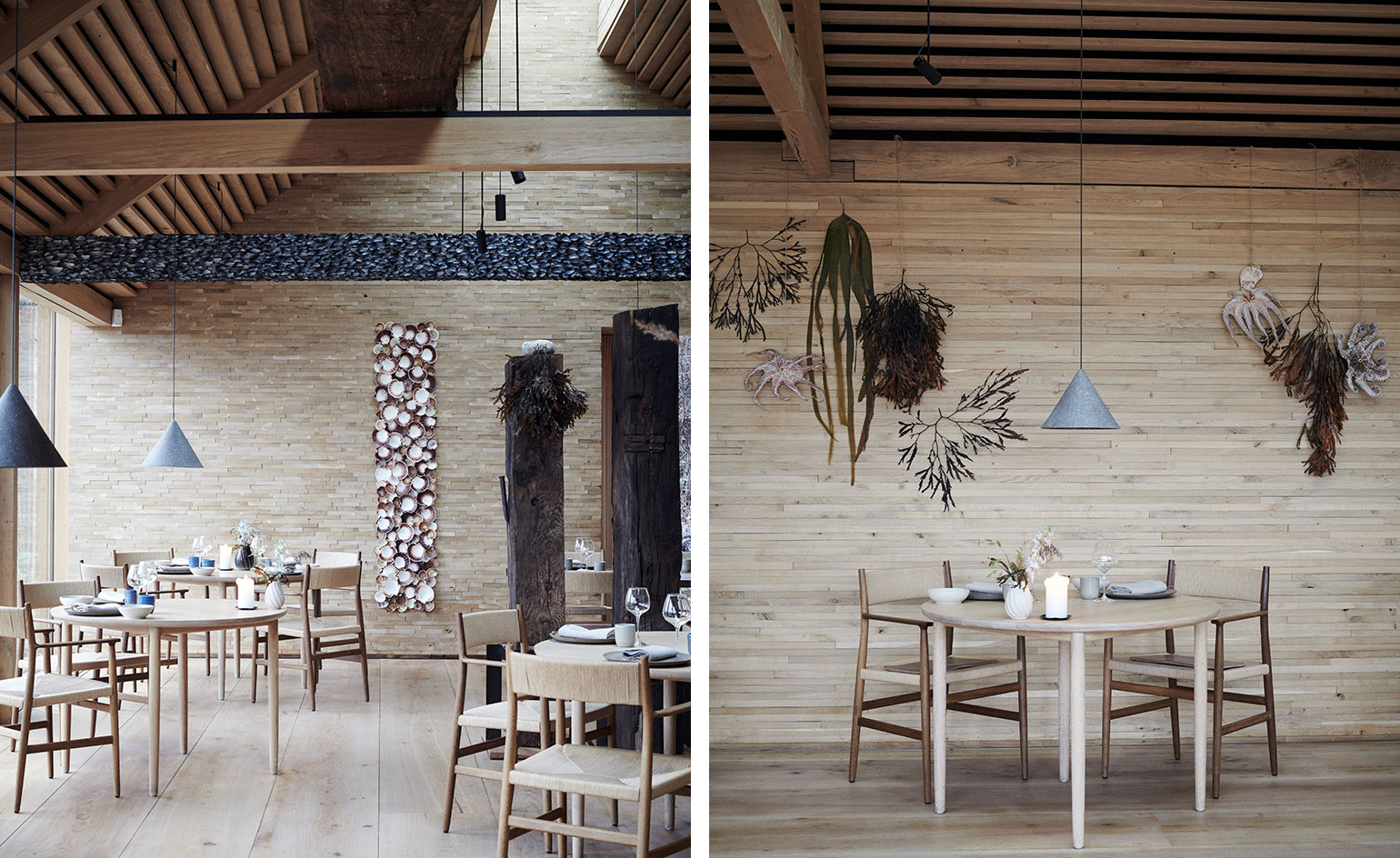
BIG and Studio David Thulstrup’s reinvention of this world-renowned Copenhagen classic triumphs as Best New Restaurant 2019, as voted by our acclaimed jury.
The most influential restaurant of the century so far moved into a purpose-built new home this March, an eleven-piece ‘village’ designed by Bjarke Ingels Group around a Second World War-era arsenal overlooking the hippie enclave of Christiania. Glass walkways with Scandinavian terrazzo flooring join the buildings, each formed of a different material (among them concrete, brick, oak and tombac).
Studio David Thulstrup’s interiors strike a perfect balance between the refined and the relaxed, with bespoke designs including oak-clad kitchen islands by Maes Inox, tables and seating by Brdr Krüger, and pendant lights in limestone and dried seaweed by Jonas Edvard.
Depending on the time of the year, the conceptual menu focuses exclusively on seafood, vegetables or the bounty of the forest, served on a seasonal rotation of ceramics commissioned by stylist Christine Rudolph. There are artworks by the likes of Olafur Eliasson and Tomás Saraceno, though greater visual pleasure can be found beyond the restaurant’s generous windows, which let in views of the Piet Oudolf-designed edible meadow.
Location: Refshalevej 96
Chef: René Redzepi
Architecture: Bjarke Ingels Group
Interiors: Studio David Thulstrup
BEST RESTAURANT SHORTLIST
Ristorante Cracco
Milan, Italy
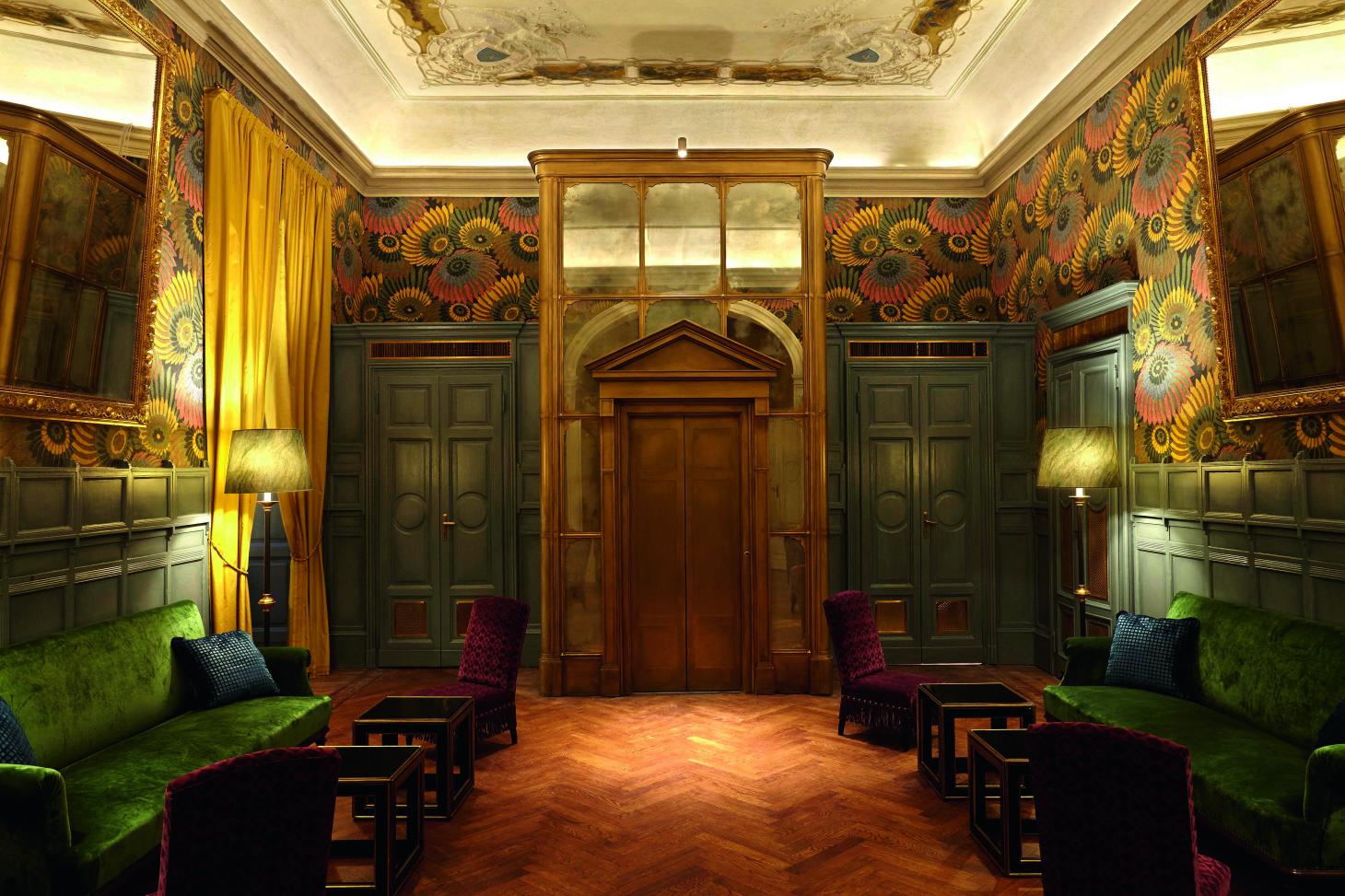
Located in Milan’s ornate Giuseppe Mengoni-designed Galleria Vittorio Emanuele II, Ristorante Cracco is a boon, both for its sumptuous interiors by Studio Peregalli and its Milanese menu conceived by the titular Carlo Cracco. Spread over three floors, the venue comprises a café, a restaurant, a wine cellar holding more than 10,000 bottles and 2,000 labels, and a private events space with its own entrance. In preserving and accenting the arched doorways, elaborately carved friezes and ornate wooden panel work, the designers have cleaved close to the aesthetics and spirit of the galleria, while lightly inserting modern touches such as rust-red carpets sporting whirls and circles, mosaic floors, tiles inspired by a Gio Ponti design, and bright wallpaper patterned with colourful daisies. Headlining the menu are dishes such as black squid ink ravioli, roasted sweetbreads scented with liquorice, cocoa-encrusted turbot, and grilled blue lobster with cinnamon butter.
Location: Galleria Vittorio Emanuele II
Chef: Carlo Cracco
Architecture: Studio Peregalli
Leo’s at The Arts Club
London, UK
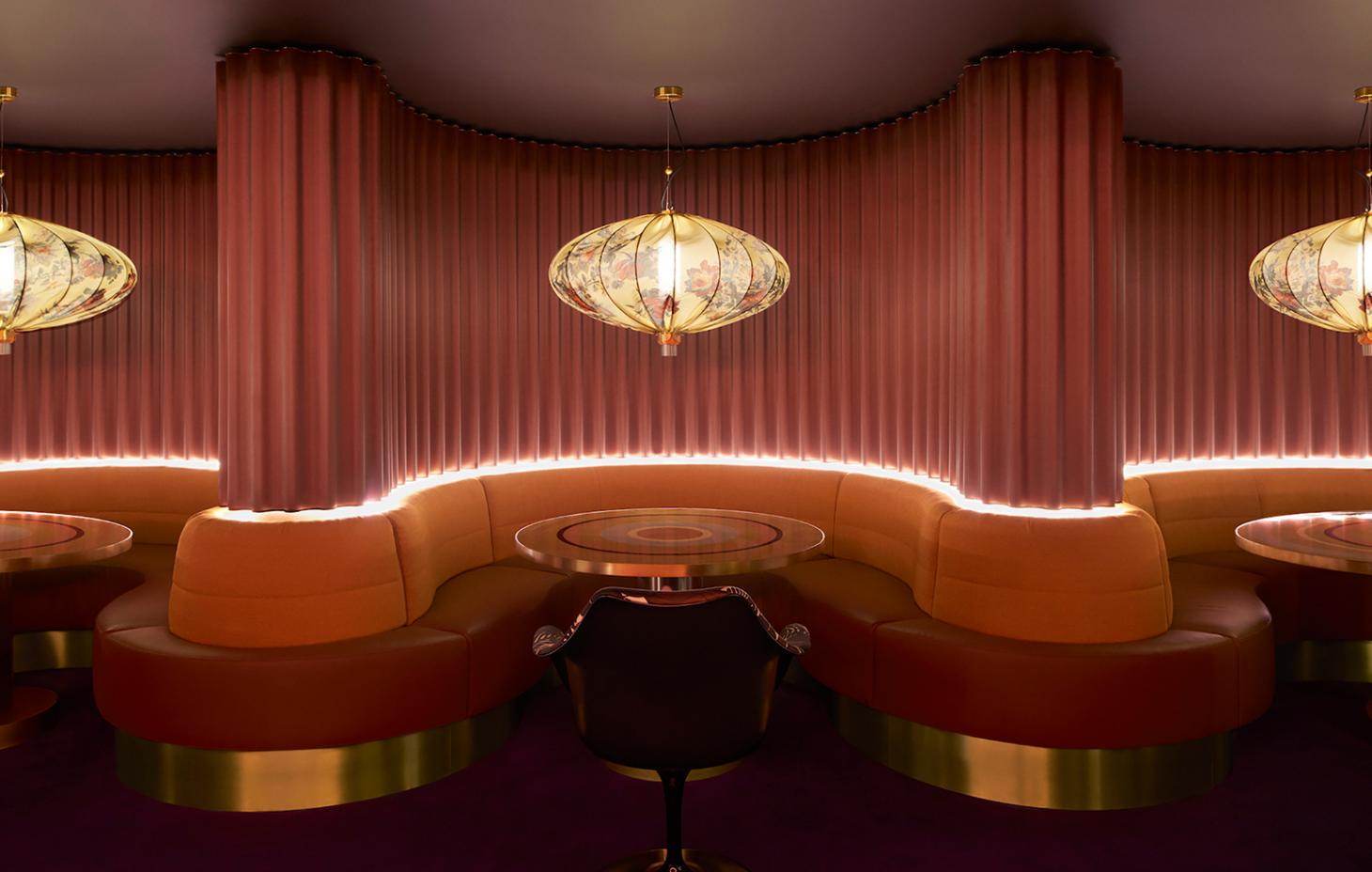
The Arts Club’s latest offering – and biggest transformation since the Mayfair private members’ club’s renovation in 2011 – is Leo’s, a restaurant, live music venue and nightclub designed by Dimore Studio. The Milan-based outfit has orchestrated a subterranean lair – apparently inspired by the French Riviera clubs of the 1950s and 1960s – swathed in pink velvets and oral prints, and finished with brass, brushed steel and Guatemalan marble. The space is set off by a shimmering curtain of bamboo beads, hand-painted with white and pink lotus flowers; black-lacquered Saarinen ‘Tulip’ armchairs; and, curling sinuously along the wall, a set of capacious brass-trimmed booths lit by lantern lamps. Meanwhile, chef Jean-Luc Mongodin sends out Italian-influenced plates, alongside the obligatory rounds of oysters and caviar.
Location: 40 Dover Street
Chef: Jean-Luc Mongodin
Architecture: Dimore Studio
Inua
Tokyo, Japan
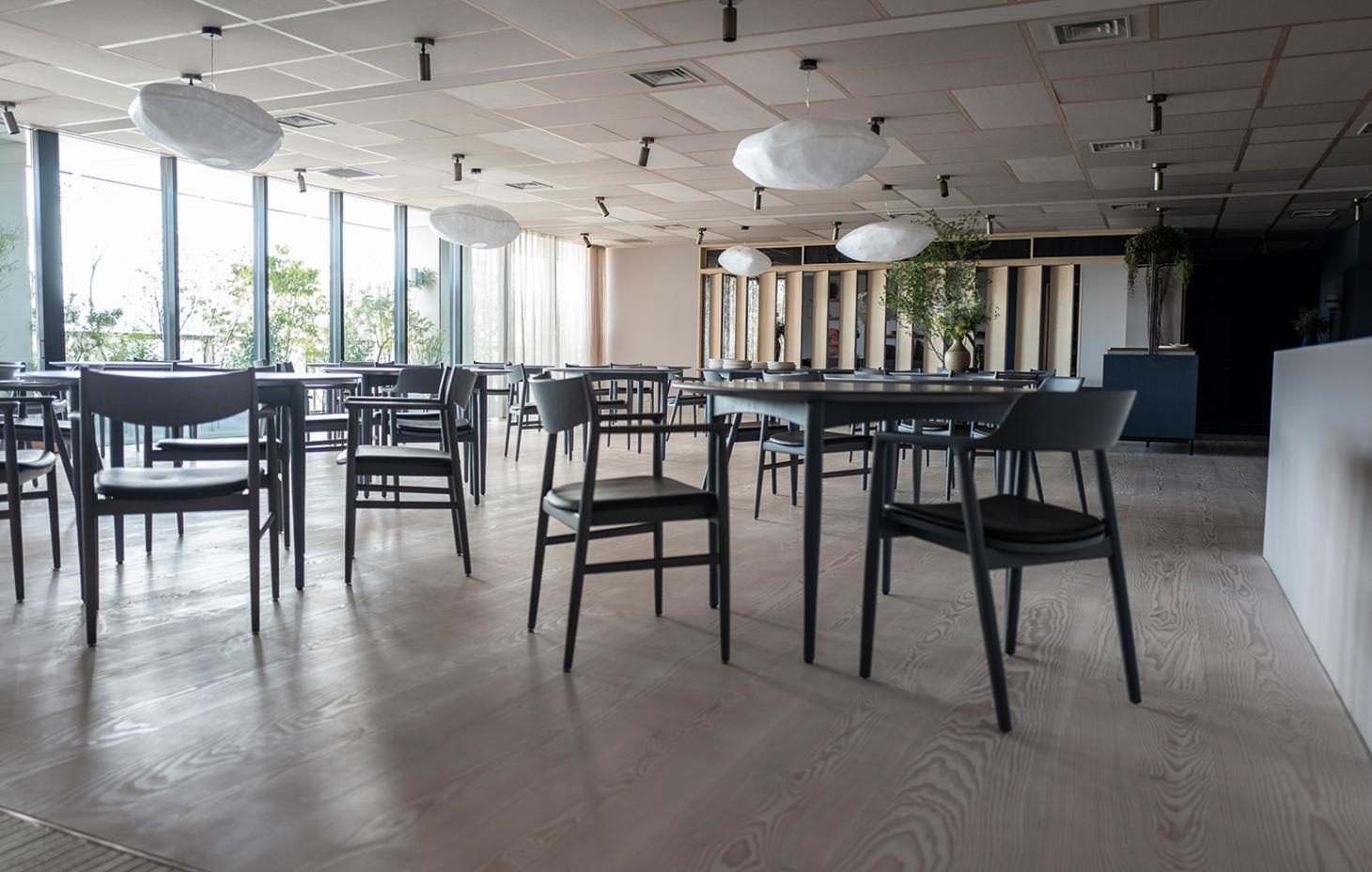
The solo project of rising star chef Thomas Frebel – René Redzepi’s right-hand man at Copenhagen’s Noma for nearly a decade – Inua is located in Tokyo’s Iidabashi neighbourhood. Having spent two years foraging land and sea across Japan, Frebel has pulled together a menu of exquisitely plated Nordic-influenced dishes concocted from local ingredients, such as kihada berries from Nagano and scarlet pitanga fruits grown in Okinawa. To match the food, Copenhagen’s OEO Studio has lined the interiors with a mix of smooth timber by Dinesen, dyed concrete, bricks from local manufacturer Kunishiro and wall coverings from Kyoto textile maker Hosoo. This has been dressed with a medley of furnishings – from chairs and sofas by Finn Juhl to bar stools by OEO Studio for Danish brand Brdr Krüger – while overhead, ‘Nuage’ lamps by French designer Céline Wright put the pretty plates under the spotlight.
Location: 2-13-12 Fujimi, Chiyoda-ku
Chef: Thomas Frebel
Architecture: OEO Studio
The Lobster Club
New York, US

The final component of Aby Rosen’s revitalisation of the Seagram Building, The Lobster Club – which sits in the space that formerly housed the iconic all-day brasserie – has been transformed by architect Peter Marino into a glamorous, art-filled setting with both midcentury-inspired details and contemporary touches, such as pre-cast concrete flooring and a monolithic onyx and polished bronze bar. Custom-designed sofas in chartreuse upholstery and salmon-hued armchairs infuse the main dining room with a relaxed, lounge-like feel, while specially commissioned drip-painted tiles by artist Laura Bergman, and suspended banquettes with blackened bronze dividers that emulate the Seagram’s façade, reference the building’s design legacy. Meanwhile, chef Tasuku Murakami, formerly at the Michelin-starred Sushi Azabu, serves a comprehensive Japanese menu of sushi, teppanyaki and fusion dishes.
Location: 98 East 53rd Street
Chef: Tasuku Murakami
Architecture: Peter Marino.
Receive our daily digest of inspiration, escapism and design stories from around the world direct to your inbox.
Melina Keays is the entertaining director of Wallpaper*. She has been part of the brand since the magazine’s launch in 1996, and is responsible for entertaining content across the print and digital platforms, and for Wallpaper’s creative agency Bespoke. A native Londoner, Melina takes inspiration from the whole spectrum of art and design – including film, literature, and fashion. Her work for the brand involves curating content, writing, and creative direction – conceiving luxury interior landscapes with a focus on food, drinks, and entertaining in all its forms
-
 These Guadalajara architects mix modernism with traditional local materials and craft
These Guadalajara architects mix modernism with traditional local materials and craftGuadalajara architects Laura Barba and Luis Aurelio of Barbapiña Arquitectos design drawing on the past to imagine the future
-
 Robert Therrien's largest-ever museum show in Los Angeles is enduringly appealing
Robert Therrien's largest-ever museum show in Los Angeles is enduringly appealing'This is a Story' at The Broad unites 120 of Robert Therrien's sculptures, paintings and works on paper
-
 The Wallpaper* style team recall their personal style moments of 2025
The Wallpaper* style team recall their personal style moments of 2025In a landmark year for fashion, the Wallpaper* style editors found joy in the new – from Matthieu Blazy’s Chanel debut to a clean slate at Jil Sander
-
 24 hours in Copenhagen: stay, bike, dine, and discover Danish design
24 hours in Copenhagen: stay, bike, dine, and discover Danish designPlan your 24 hours in Copenhagen: sleepover in a former brewery, wake up with a wild swim, and immerse yourself in the home of a modernist master
-
 Peter Beard’s biographer, Christopher Wallace, on writing the wild life of the quintessential Twentieth-Century Man
Peter Beard’s biographer, Christopher Wallace, on writing the wild life of the quintessential Twentieth-Century ManAuthor Christopher Wallace traces the footsteps of the original playboy-artist-activist Peter Beard, travelling from Kenya, to the Serengeti, Cassis and beyond
-
 Estelle Manor is a chic take on the hotel and country club
Estelle Manor is a chic take on the hotel and country clubEstelle Manor, a transformed Grade II-listed house and estate in Oxfordshire, welcomes guests with Roman and Williams interiors, parasols by the pool, and a soon-to-open tepidarium
-
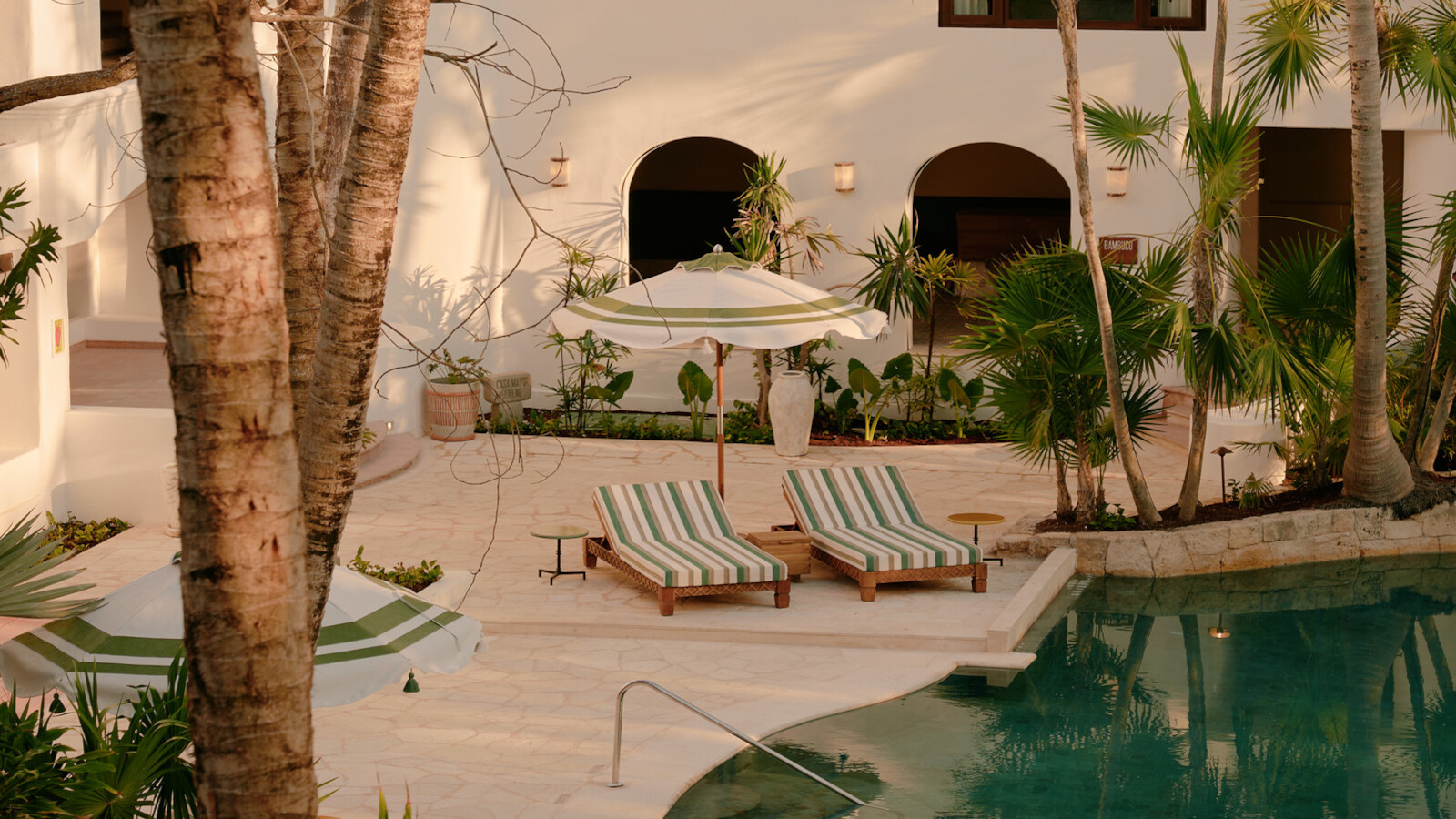 Maroma, A Belmond Hotel, Riviera Maya opens following a major redesign
Maroma, A Belmond Hotel, Riviera Maya opens following a major redesignOn the Yucatán Peninsula, the new-look Maroma showcases local craftsmanship and Mayan tradition with interiors led by interior architecture studio Tara Bernerd & Partners
-
 A weekend in wonderful Copenhagen
A weekend in wonderful CopenhagenThe ultimate weekend in Copenhagen starts here: discover the latest openings across the UNESCO World Capital of Architecture, stay in a hotel afloat, start your day with brilliant baked goods and ski down a power-station piste
-
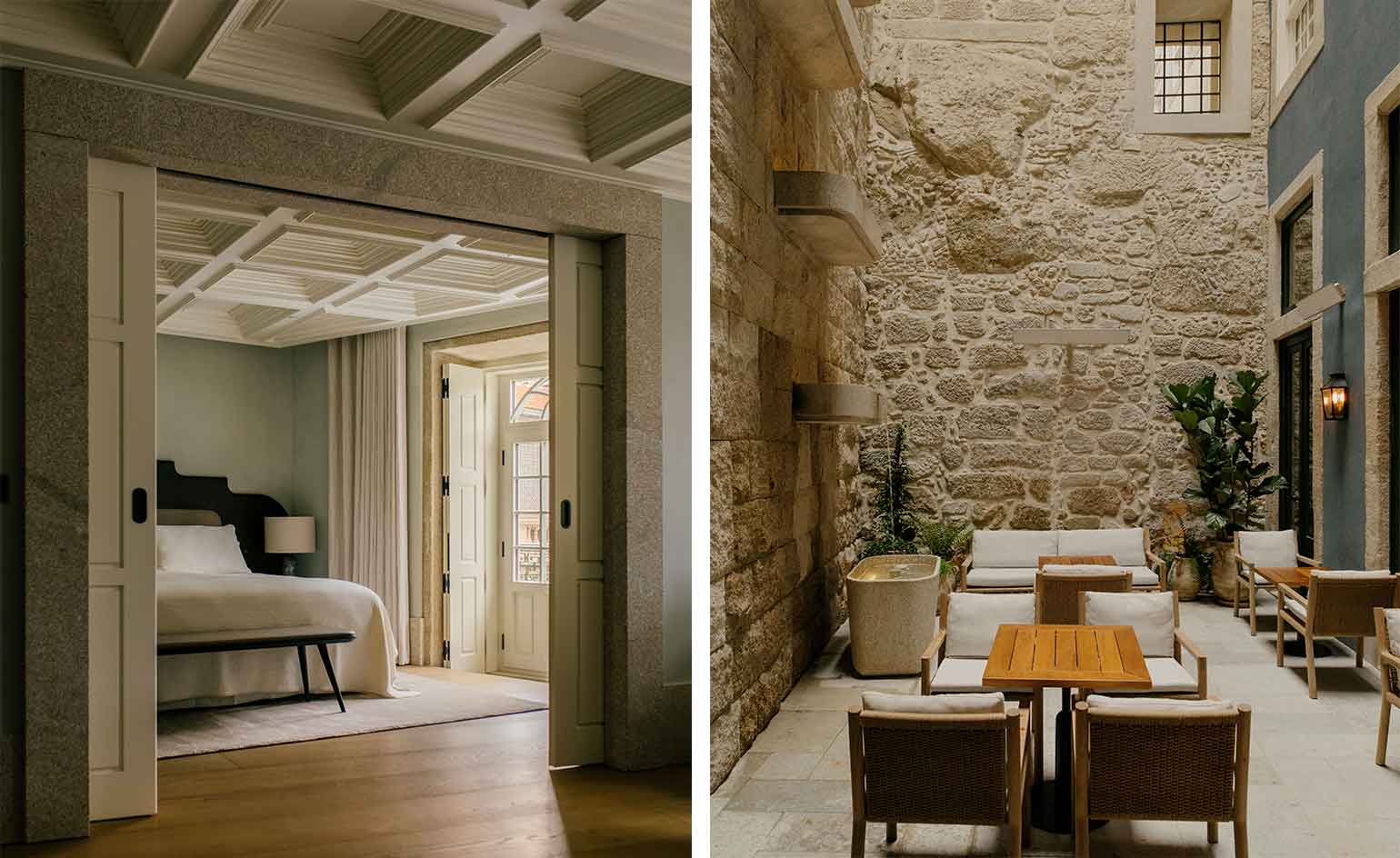 The Largo brings craftsmanship and creativity to Porto
The Largo brings craftsmanship and creativity to PortoThe Largo is the latest hospitality offering in Portugal's second city, conceived as an elevated residence with an art programme that connects it to the city’s creative community
-
 Louis Vuitton opens its summertime café in Saint-Tropez
Louis Vuitton opens its summertime café in Saint-TropezThe Louis Vuitton café in Saint-Tropez combines the brilliance of Michelin-starred chef Arnaud Donckele and pastry chef Maxime Frédéric for a one-of-a-kind Mediterranean feast
-
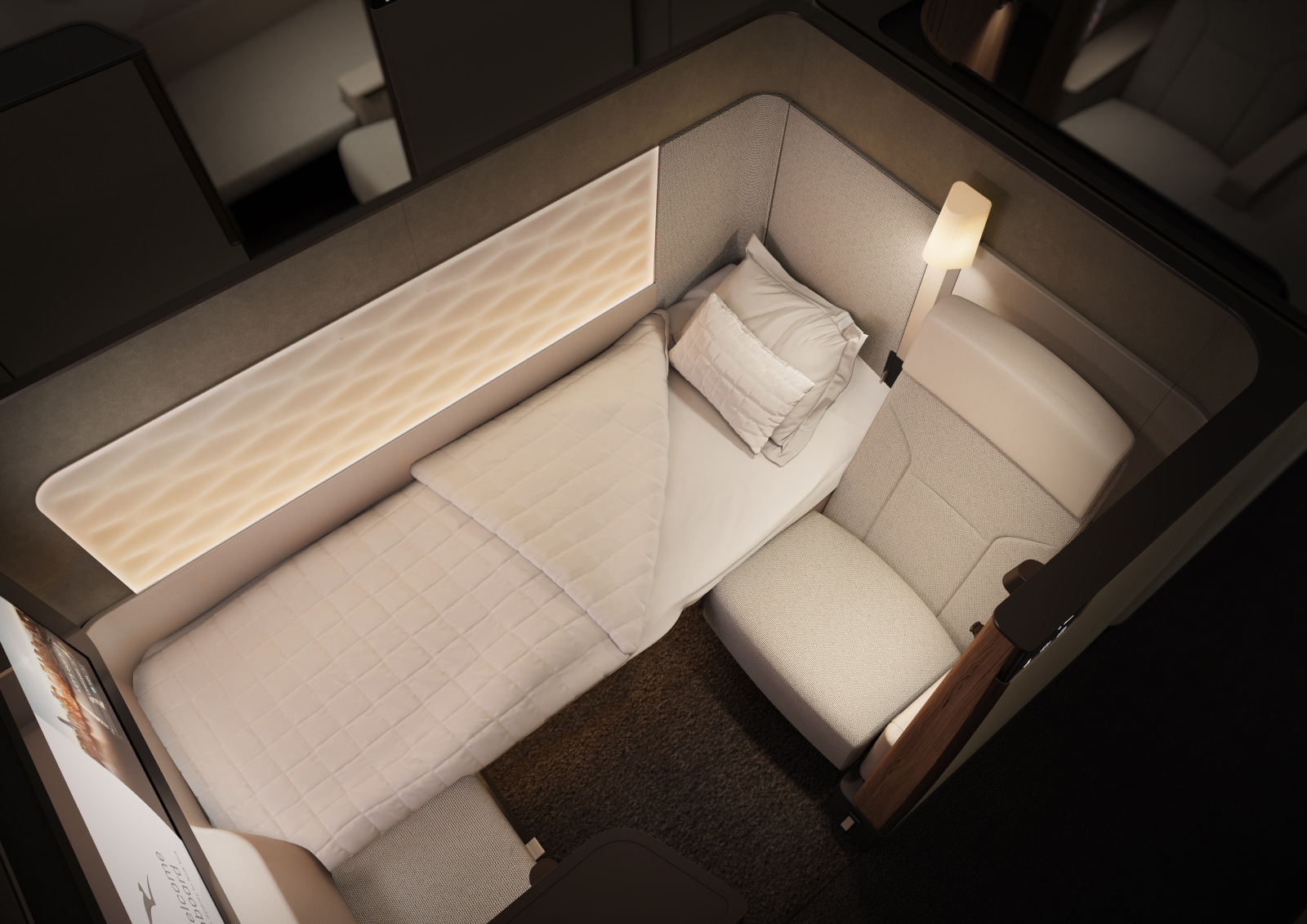 Qantas’ Airbus A350 cabins make non-stop to Australia a dream ticket
Qantas’ Airbus A350 cabins make non-stop to Australia a dream ticketExplore Qantas’ slick new Airbus A350 cabins, designed by David Caon, including minimalist first class suites